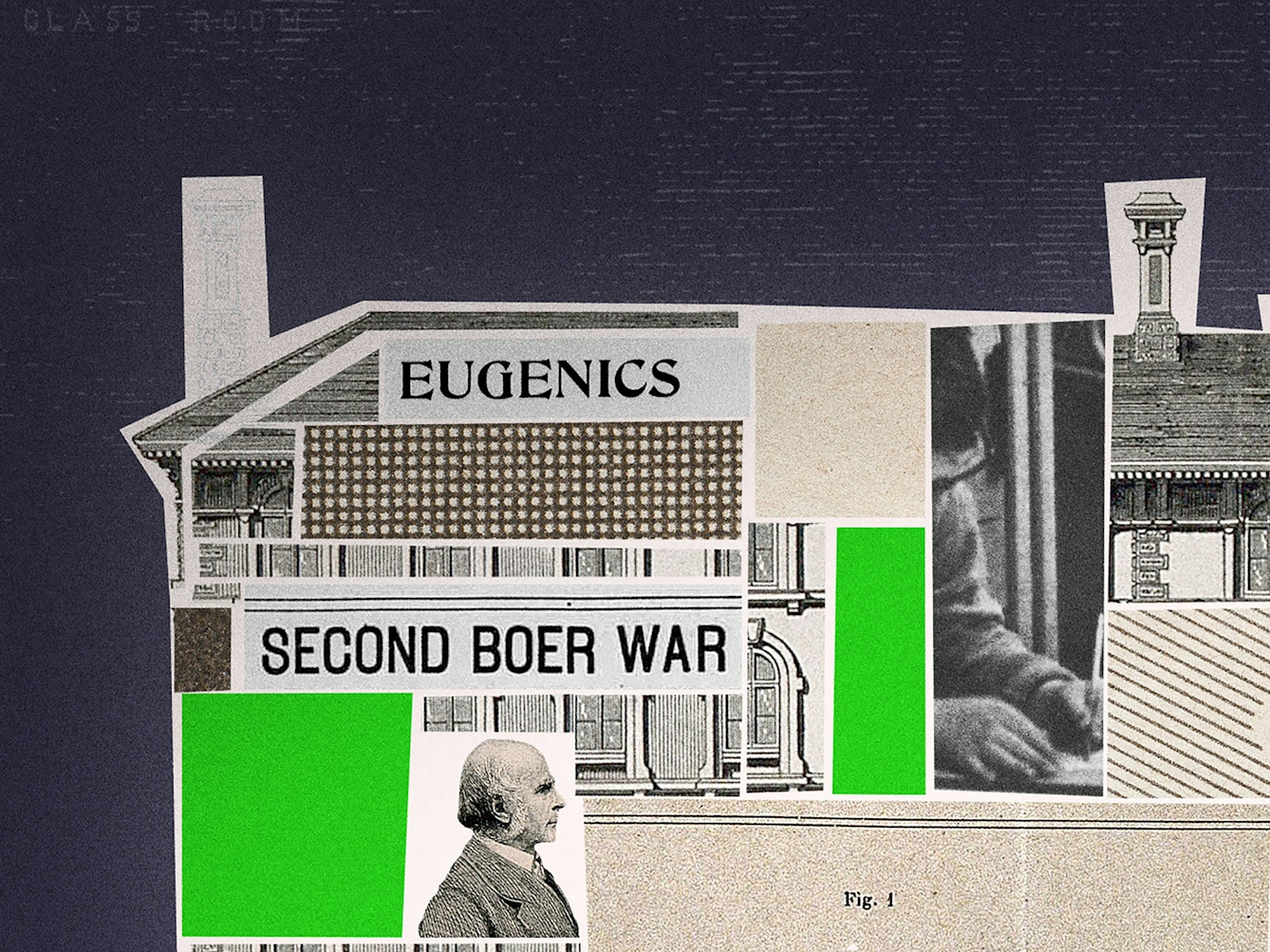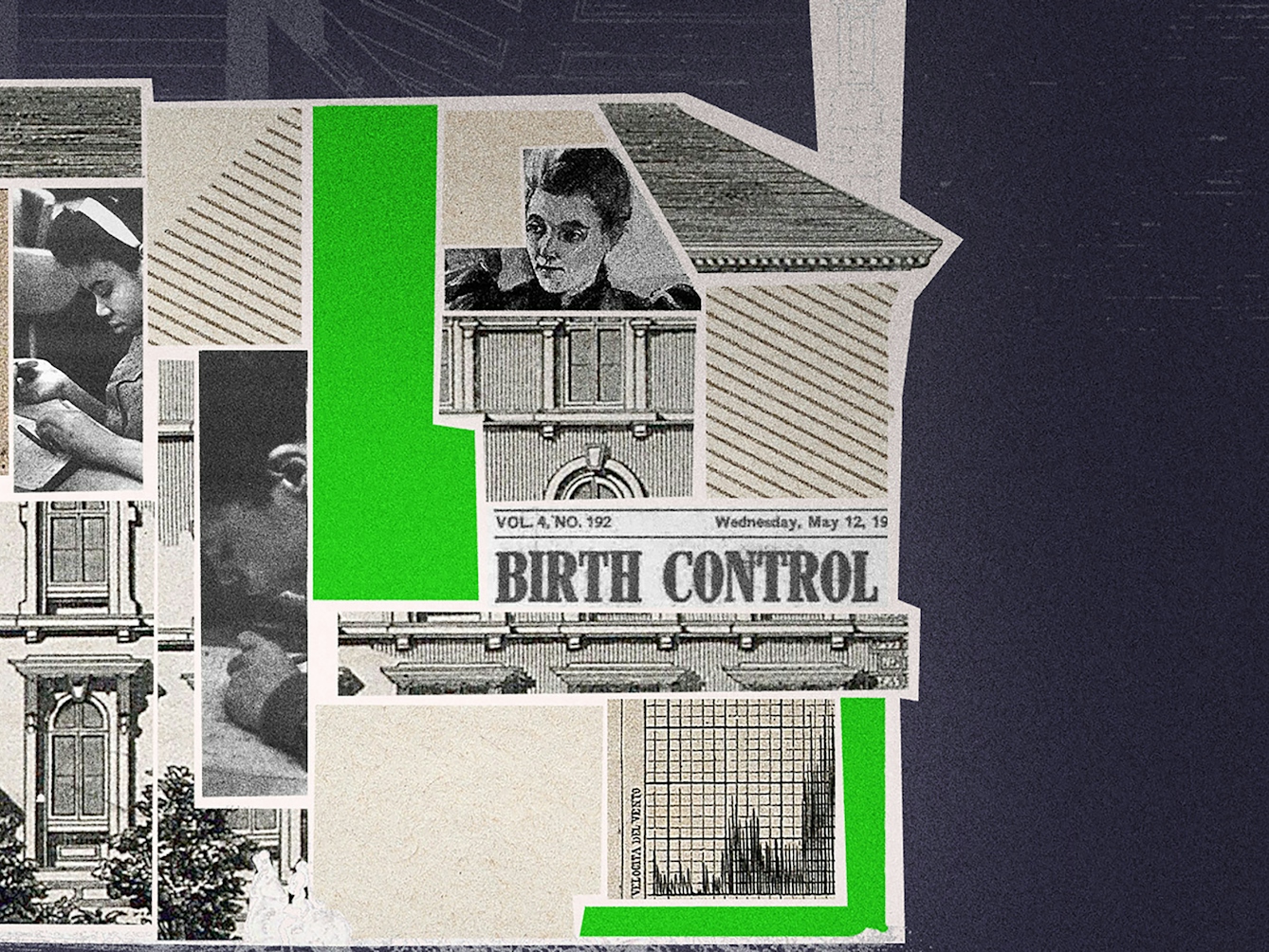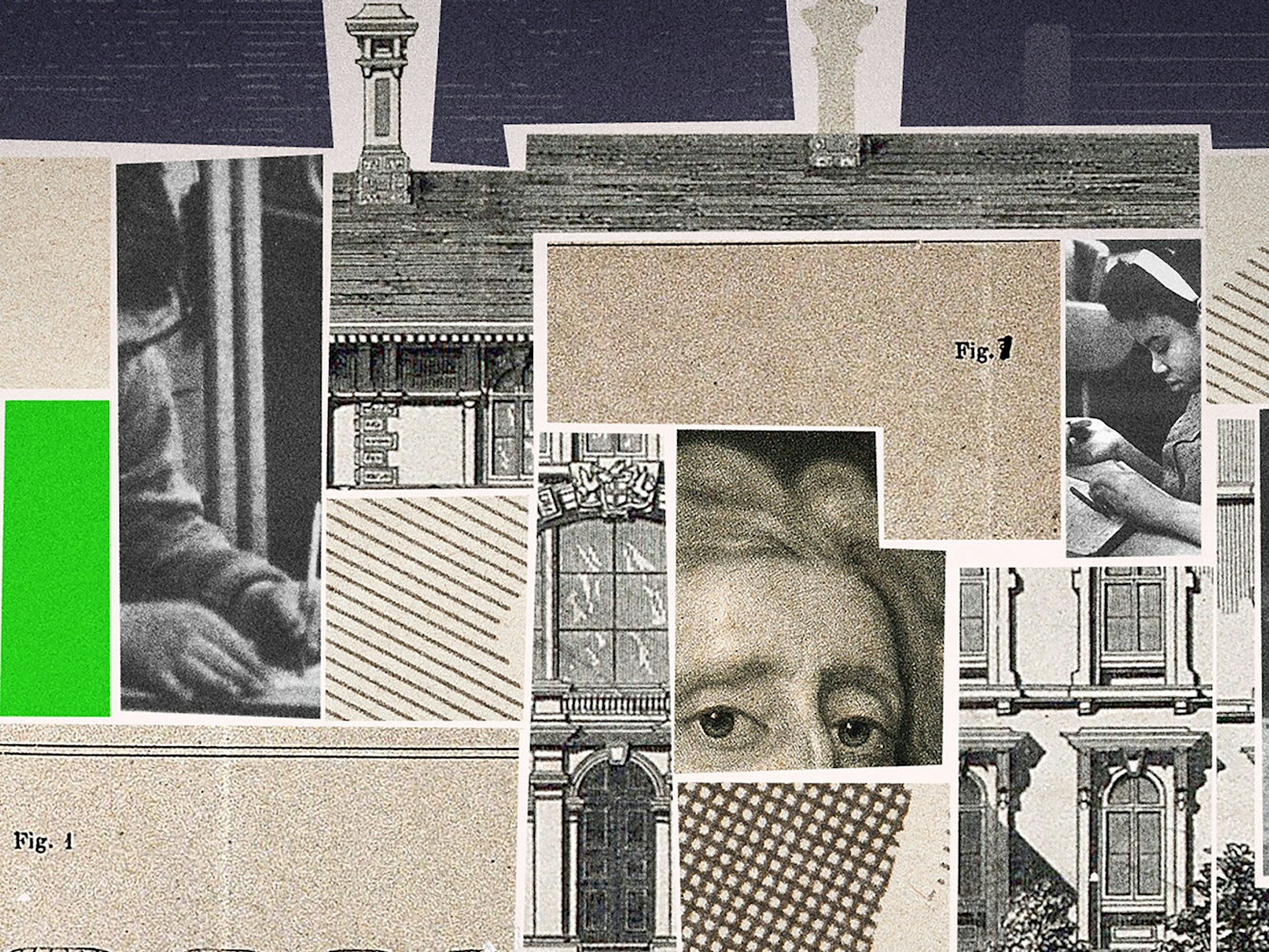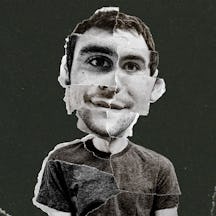One of the saddest truths about eugenics is that it never went away. In this article, historian Nazlin Bhimani traces the history of education in Britain back to its eugenic roots and the mistaken ideas about intelligence that we just can’t seem to shake.
Intelligence testing, race and eugenics
Words by Nazlin Bhimaniartwork by Gergo Vargaaverage reading time 6 minutes
- Article

When A-level grades were announced in August 2020, it was clear that the algorithm designed to combat grade inflation had unfairly disadvantaged students who went to state schools in comparison with those who were privately educated. While there was considerable public outcry, few people made the connection between this and the history of eugenics in this country.
The legacies of eugenics in education are most obvious in the way we continually assess our children. These methods are often based on standardised measures that result in the labelling, ranking and grouping of children.
They often ignore factors like emotional intelligence, the cultural or socioeconomic backgrounds of the children, or whether a child is an early or late developer or is neurodiverse. This is even before race and gender are considered. All of this has a long history.
Eugenics gained acceptance among the intellectual, literary and political elites after the Second Boer War of 1902, in which Britain suffered enormous losses due to the poor physical condition of its soldiers, who were predominantly from the lower classes. This drew attention to the high birthrate among the poor, as well as the perceived increase in the number of “mentally deficient” or “feeble-minded” children born to them, which in turn raised concerns about racial degeneration and its impact on Britain's imperial and economic power.

“Francis Galton and his followers believed in ‘the supremacy of biological inheritance’.”
Fear that the mighty British Empire would fall into the hands of the Irish or the Jews, and ultimately into those of the Chinese were raised by the influential socialist educator and eugenicist Sidney Webb in his 1907 Fabian Society pamphlet ‘The Decline in the Birth-Rate’. This fear was compounded by the fact that Britain was lagging economically behind her European neighbours.
One solution was to implement measures that would ensure “national efficiency” in health and education. It was believed this would “advance the power and effectiveness of the nation in a world of competitive nation states and empires”. In education this was achieved by using the new science of anthropometrics and psychometrics that Francis Galton and his disciples had been developing to measure and predict the physical capabilities and mental abilities of the nation’s children. They were to be the future citizens of the Empire.
In the nature versus nurture debate, Galton rejected philosopher John Locke’s notion that a person’s life begins as a tabula rasa or a blank slate, and that the environment in which they are born can influence their educational attainment. Instead, Galton and his followers believed in “the supremacy of biological inheritance” and, as his disciple, the statistician Karl Pearson stated, the “influence of environment was one-fifth or one-tenth that of heredity”.
Birth control and intelligence tests
For eugenicists, the way forward for the betterment of society was to push for race improvement. This involved the introduction of birth control to inhibit the poor from breeding, and ableist measures such as segregating the ‘degenerates’ (as they were commonly referred to) and ensuring that those with higher intelligence were given opportunities to continue their education. This enabled the creation of a middle-class elite.

“Race improvement... involved the introduction of birth control to inhibit the poor from breeding, and ableist measures such as segregating the ‘degenerates’.”
Teacher trainers in university departments of education, keen to raise the status of their subject and of the profession, began to use mental tests to assess the educational needs of children as a way to establish a scientific basis for education. It was hoped that this would provide individualised attention to the children who required it most, thereby fostering a more child-centred approach in schools.
The tests used were adapted by the psychologist Cyril Burt from the IQ tests developed in Paris at the turn of the century by Alfred Binet and Theodore Simon. In 1913, the London County Council appointed Burt. He was first educational psychologist to be appointed by a local education authority in the country.
For eugenicists, the way forward for the betterment of society was to push for race improvement.
Burt worked alongside inspectors and teachers testing not only those children that were falling behind but all children in London schools. Lower achievement scores by the children of the poor were cited as the cause of falling standards.
Burt and his colleagues dismissed the relevance of factors that contributed to these low scores, such as the socioeconomic background of the child and their home environment, as well as their general health – malnutrition and other medical ailments were common among the children of the poor. They also ignored the fact that many schools in the poorer areas of London could not recruit qualified teachers.
Nevertheless, in 1917, Robert Blair, the Education Officer for London, stated that the new methods of measuring intelligence were a way to “lift the practice of teaching… lay it on a broad scientific foundation”, and “show the world that the teaching profession was a learned one”.
How testing perpetuates social inequality
Burt believed that a child’s future success and potential could be ascertained by the age of 11. With the support of eminent educationalists, including those at the leading teacher training institute, the London Day Training College, where Burt also worked from 1924 onwards, and the school inspectors, he presented his findings to the influential Hadow Committee in 1924 and again in 1926.
The committee that had been set up by the government during the interwar years to consider all aspects of schooling and to make recommendations on improvising the education system. These tests were, according to Burt, “instruments of scientific precision” that could accurately gauge the “innate cognitive ability of a child”. The result was the reorganisation of the school system and the introduction of the 11+ exam, which grouped children according to ability.

“Lower achievement scores by the children of the poor were cited as the cause of falling standards.”
Those deemed to have a higher intelligence score were, if they were lucky, allocated one of the few fee-paying secondary school places. In effect, these tests permanently labelled the child, separating those who could go to secondary school and university from those who were destined for a school that led to a vocational career.
Burt continued to pursue his theory of fixed, innate intelligence throughout his life, referring to his earlier studies as evidence and claiming his theory was ‘incontestable’. Since then, it has been suggested that Burt falsified his data. Not only have the data for his studies that led to the implementation of the controversial 11+ examination been called into question, but so have the similarities in intelligence test scores and the unusually large sample size he is said to have used in his twin studies to demonstrate a close relationship between genetics and intelligence.
The controversial use of school tests to perpetuate racial inequalities was unearthed recently in the documentary ‘Subnormal: A British Scandal’. It revealed how these tests were used to marginalise Black and Asian children from mainstream education in the 1970s.
While there is no denying the importance of educational assessments in providing support for individuals with special needs, their misuse, and indeed their overuse, continues to disregard socioeconomic, health and other factors that influence educational attainment. The result is a system that perpetuates social inequality affecting the entire nation.
About the contributors
Nazlin Bhimani
Nazlin Bhimani is an academic librarian. She is pursuing a doctoral degree in the history of education. Her research focuses on teacher training in London during the interwar period.
Gergo Varga
Gergo Varga is an illustrator, collage animator, motion designer and the name behind ‘varrgo’. varrgo is a place where Gergo creates and animates mixed-media projects, particularly in the style of collages and cut-outs. He enjoys working with things that have already had a life, from old magazines to scribbles in a notebook. His longest-running creative project is ‘oners’, where he visualises one-minute quotes from contemporary thinkers. Gergo created the animations and illustrations for ‘Apocalypse How?’ and ‘Eugenics and Other Stories’, published on Wellcome Collection Stories.

